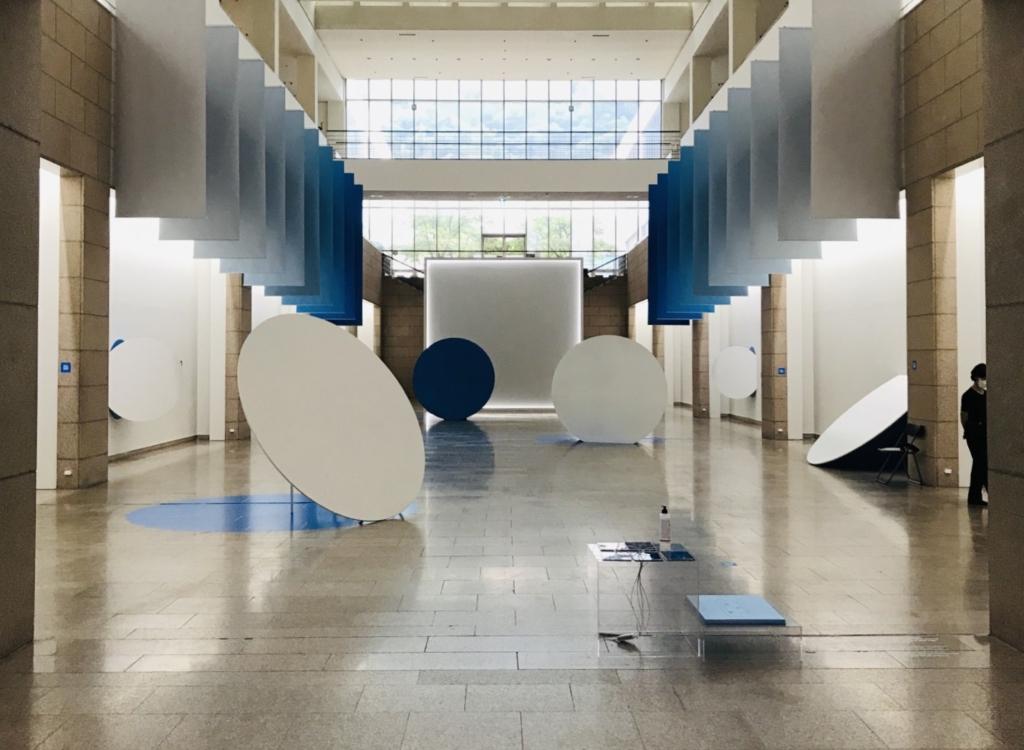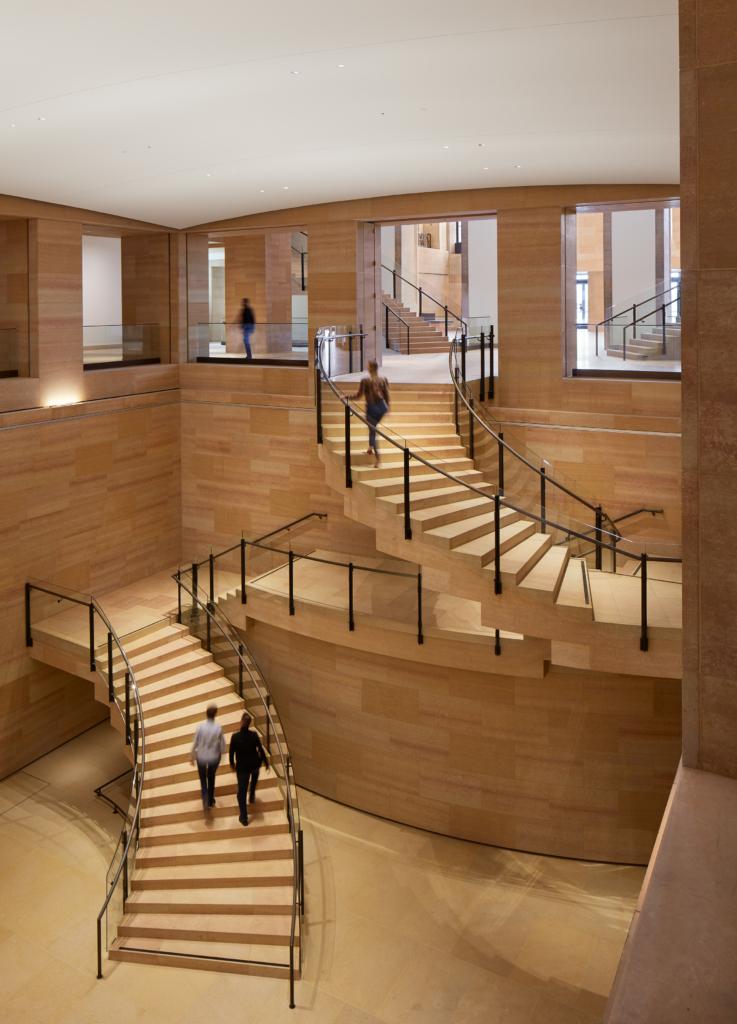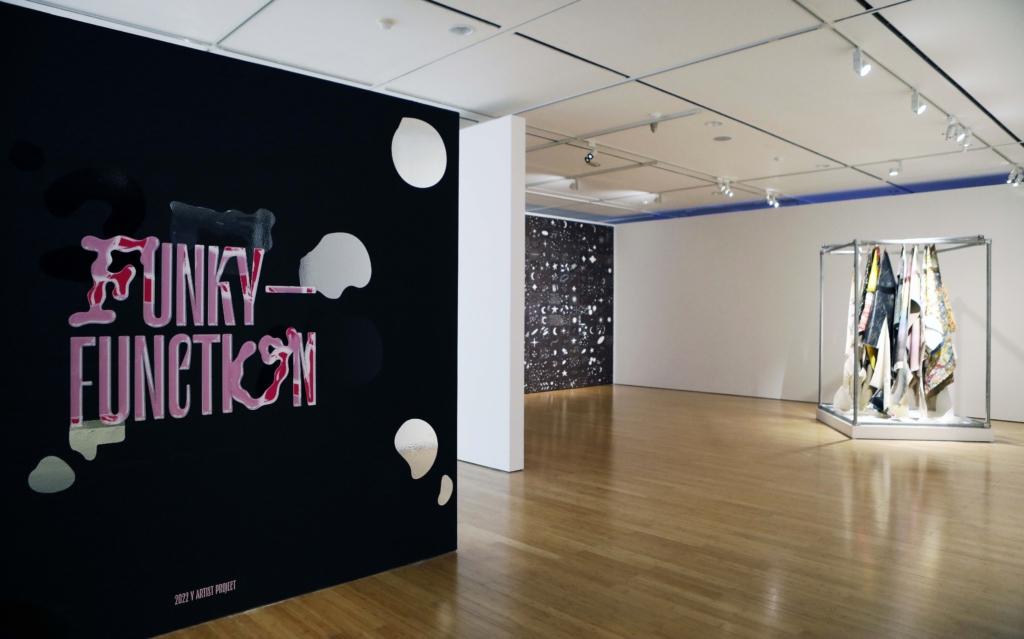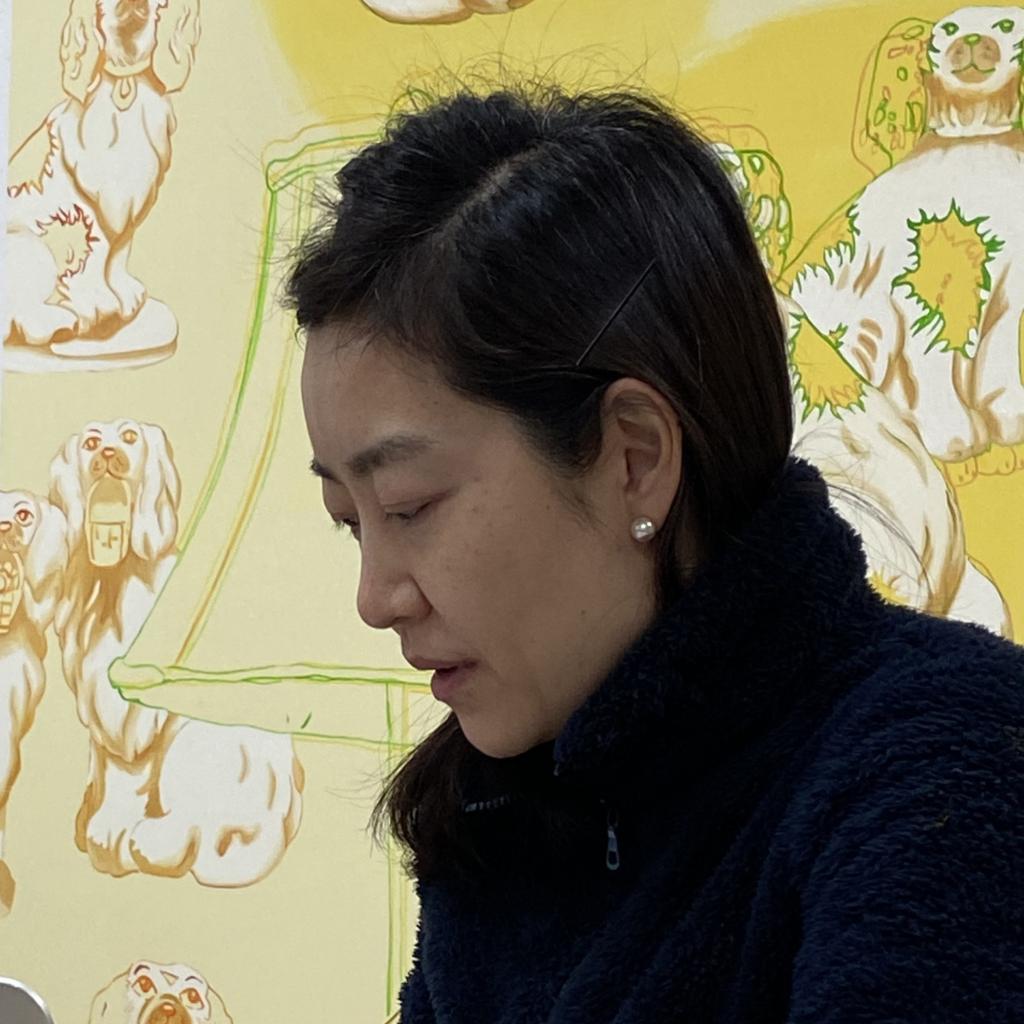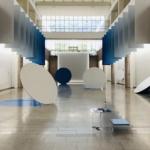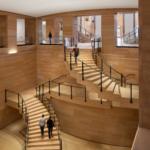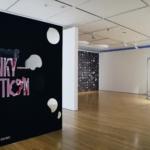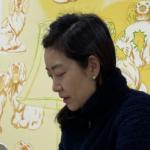Art Museums Have Become a Hotspot for Gen MZ in South Korea
In South Korea, art museums are no longer serious and rigid places for Millennials (born between 1980 and 2003) and Generation Z (born between 1995 and 2004).
In South Korea, art museums are no longer serious and rigid places for Millennials (born between 1980 and 2003) and Generation Z (born between 1995 and 2004). Visiting exhibitions for these younger generations has become a cultural trend for a significant period now.
For them, following in the footsteps of influencers or celebrities by attending art exhibitions and taking selfies in front of impressive artworks is a common practice.
Recently, around 260,000 visitors attended the Maurizio Cattelan: WE exhibition at the Leeum Museum of Art. According to the museum, people in their 20s accounted for 28% of the visitors, followed by those in their 30s at 24% and those in their 40s at 23%, making up a total of 75% of the audience from Millennials and Gen Z.
The phenomenon of young generations flocking to art museums in South Korea did not suddenly emerge. It was already sparked by the Daelim Museum back in 2015. At that time, whenever the Daelim Museum held an exhibition, it was bustling with audiences in their 20s and 30s. In 2015, approximately 460,000 visitors came to the Daelim Museum, and the following year, in 2016, around 800,000 visitors attended, with 93% of them being in their 20s and 30s.
The Daelim Cultural Foundation originally operated the Hanlim Museum, the first specialized photography art museum in South Korea, in 1997. In 2002, it relocated to Tongui-dong, Seoul, establishing its current identity as the Daelim Museum. After the relocation, the museum started hosting exhibitions in various fields, such as fashion, illustration, and design, along with operating the D Museum and D Project Space.
Then, what made the Daelim Museum particularly popular among people in their 20s and 30s, and how did it bring about changes in the landscape of the Korean art scene?
The Daelim Museum gained significant popularity among young people due to its innovative approach to art and its ability to connect with the younger generation. The museum’s emphasis on experiential and interactive exhibitions, as well as its incorporation of various contemporary art forms and collaborations with artists, resonated well with the preferences and interests of the younger audience.
In 2015, the Daelim Museum captured the cultural consumption trends of the young generation and implemented what these young people desired from an art museum. Taking pictures of artworks at museums has become commonplace today. However, only a few years ago, allowing photography in museums was an important issue worldwide. The Daelim Museum was one of the first art museums in South Korea to allow photography within its exhibition spaces.
The museum recognized that the younger generation interacts with information online, and this interaction facilitated meaningful results in encouraging direct visits to the exhibitions. By encouraging the posting of photos or “selfies” on social media, the Daelim Museum quickly became a hotspot for young people. Thanks to the selfie culture among young people who post their daily lives on social media, the Daelim Museum, which allowed photography early on, could quickly promote its exhibitions among younger visitors.
In 2017, Daehaknaeil(대학내일), a weekly magazine, conducted a survey targeting 537 individuals in their 20s regarding their exhibition attendance within a year. The results showed that 89.6% had visited at least one exhibition within a year, with an average of 4.1 exhibition visits. Among them, 89.6% of those in their 20s had taken photos at the exhibition spaces, and 61.3% had posted these pictures on social media.
Numerous art museums have realized that the Daelim Museum’s photography policy has actually brought more visitors to their museums. Today, most art museums now allow photography. However, it is not just the ability to take photos that attracts young people to museums.
Since 2015, the perception of art exhibitions among young people has undergone a significant change. In contrast to the past, when art was considered difficult and specialized, exhibitions are now viewed as cultural content that is easier to understand and covers a broader range of topics. Institutions have also adapted by offering more accessible and comprehensible art exhibitions to the general public.
For art museums, it is essential to enable more people to enjoy and comprehend art. To achieve this, museums need to be in tune with the cultural consumption trends preferred by a larger audience. The marketing industry, which quickly responds to trends, has paid attention to the consumption patterns of the MZ generation, especially Generation Z, as they play a leading role in shaping consumption trends.
According to the 2019 population census by Statistics Korea, the MZ generation, comprising individuals between the ages of 15 and 39, accounts for approximately 34.7% of the domestic population, totaling 17,366,041 individuals. The Seoul Metropolitan Government’s 2020 MZ analysis report revealed that the MZ generation population in Seoul is approximately 3.43 million, making up the largest group at 35.5% of the city’s total population.
This trend is also evident in the art world. Before the pandemic spread in 2019, the National Museum of Modern and Contemporary Art surveyed the age groups of 2.74 million visitors and found that individuals in their 20s constituted 29% of the total audience, ranking first. Those in their 30s and 40s each accounted for 18%, and elementary, middle, and high school students comprised 13% of the visitors. With the concentration of people in their 20s at art museums, the landscape of exhibition attendance is changing.
Among the various characteristics of the MZ generation, there is a tendency to seek “unique and special experiences.” This generation values personalized items or activities, investing in experiences that hold personal significance. As they prefer investing in the present and valuing experiences, if they perceive something to be worth experiencing, they will willingly invest their time and money in it.
Moreover, this generation of young individuals, who are exposed to a lot of online content, actually seeks out experiences that they can “feel” or have a “real experience” with. For example, despite having the ability to purchase items online, they still enjoy offline shopping. This has led to the emergence of various pop-up stores, and they are not hesitant to visit physical stores to buy luxury goods or artworks. Additionally, they frequently engage in leisure activities such as visiting board game cafes, escape rooms, and interactive exhibitions.
According to a survey by Daehaknaeil, half of Generation Z (52.4%) responded that they would willingly invest time and money in unique experiences.
These tendencies align well with the exhibitions of art museums; however, young generations do not merely visit art museums to appreciate art pieces alone. They also enjoy well-designed spaces that complement the artwork. Many of the exhibitions at the Daelim Museum have successfully attracted the interest of people in their 20s and 30s by providing an immersive experience, allowing visitors to enjoy both the artworks and the exhibition spaces. Recent examples of such well-curated exhibitions include Maurizio Cattelan: WE and the Joseon white porcelain exhibition.
This trend is also evident in surveys conducted by Daehaknaeil. Individuals in their 20s prefer exhibition venues where photography is permitted without restrictions (85.7%) and where the exhibition’s theme is reflected in the decor of the surrounding spaces, not just the exhibits themselves (94.4%).
Today, many art museums permit photography, and exhibitions with unique experiences and meaningful content are being held, providing the younger generation with a diverse range of choices. As the perspective of the younger generation toward consuming culture changes, the way content is created and distributed has also evolved, becoming more widespread.
While art museums have successfully increased their accessibility and popularity among young visitors through easy and engaging exhibitions, there is still a need for a more comprehensive and balanced representation of the Korean art scene.
Showcasing renowned international artists can draw attention and interest; however, it is equally crucial to provide opportunities and recognition to talented Korean contemporary artists.
To achieve continuous and steady development in the Korean art scene, domestic art museums should consider strategies for introducing Korean contemporary art and effectively communicating its significance and meaning.
By continually seeking new ways to present Korean contemporary art and convey its meaning, museums can contribute to the ongoing and steady development of the Korean art scene. Emphasizing the diversity and creativity of Korean artists not only enriches the cultural environment but also enables the younger generation to participate and contribute to the ever-evolving art world.
Aproject Company. Co., Ltd | Founder & CEO : Jay Jongho Kim
216 Dosan-Daero, B2F, Gangnam-gu, 06047 Seoul, Korea
Business Number : 894-88-01945
Contact : aproject.company@gmail.com
Mail-order-sales registration number : 제 2021-서울강남-04243 호






















